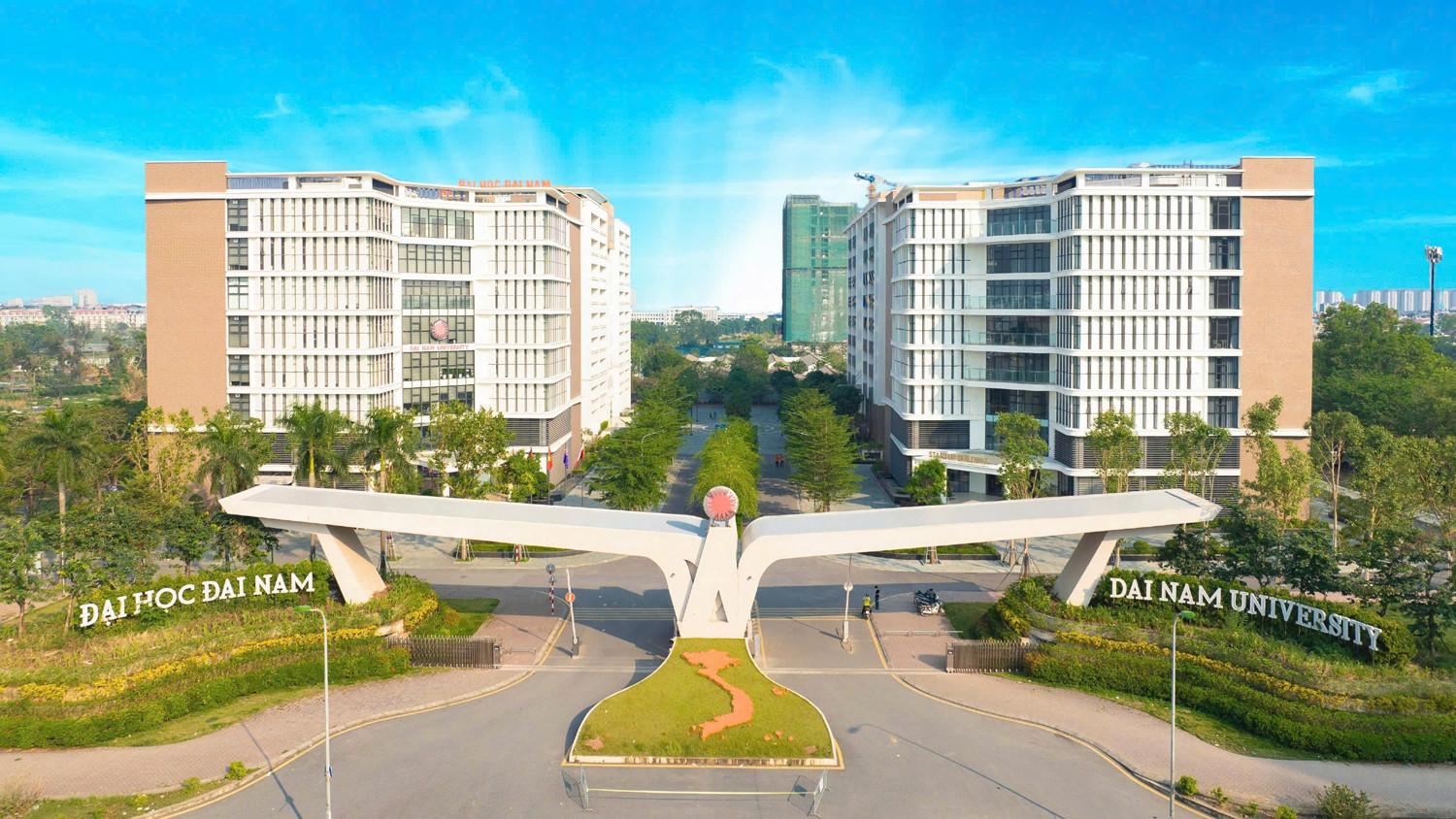Answers to the 2020 High School Graduation Exam in Literature

The Literature exam was done by Ms. Ha Thi Thuy Thuy, Nguyen Thi Van, and Mr. Nguyen Ngoc Linh, from Einstein High School, Hanoi.
>>> Answers to the 2020 High School Graduation Exam in Math

--------------------------
Part I: Reading comprehension
Sentence 1: The main method of expression used in the passage is argumentation.
Sentence 2: According to the excerpt, the plants in the Tsunoda region of the Arctic grow in the short summer, competing to germinate, bloom, produce seeds, and compete to stretch out in a very short life.
Question 3: Similarities in the life of plant species in the Tsunoda region of the Arctic and the Sahara desert:
- Plants all live in places with harsh weather and climate (cold places, arid places).
- However, plants all have strong vitality, growing, sprouting, blooming and being ready to deal with difficulties as well as nurturing life.
- Plants live to the fullest, living seriously in every moment, every minute of the present.
Sentence 4: Students can agree or disagree with the opinion but need to have reasonable and convincing arguments.
For example: I agree with the author's opinion: "Living fully in the present will bring life, no matter how small, to tomorrow."
Because:
+ Living life to the fullest means living meaningfully, dedicating all of one's abilities. Only when living life to the fullest can we fully develop our inner, hidden strength.
+ Life always has many difficulties, thorns, and challenges. Living life to the fullest will help us cope, have more faith and strength to overcome, rise up, and move towards the brightest things.
+ If we do not live life to the fullest, we will soon be discouraged when we encounter difficulties and failures and will not be able to reach the light of the future.
Part II: Writing
Question 1.
a. Ensure the requirements for paragraph format:
- Argumentative paragraph of about 200 words.
- Candidates can present in deductive, inductive, synthesis-analysis-synthesis, chain, and parallel ways.
b. Identify the correct issue to discuss: the need to cherish life every day.
c. Develop the discussion topic.
Students are allowed to express their own views on the issue, but they need to present them concisely, coherently and convincingly. The essay can be developed with the following main ideas:
- Problem explanation:
+ “Cherish life every day”: Cherish life in the present, live meaningfully every moment by developing your full potential, asserting yourself and contributing to life, knowing how to love and care for those around you.
- Discussion
+ The past is what has passed, the future is what has not come yet, so we need to cherish every day we live.
+ Cherishing life every day will help us live realistically and have happiness in everyday life.
+ Live meaningfully every moment in the present to have a solid foundation for the future.
+ If we do not cherish life every day, we will be immersed in the joys and sorrows of the past; or too worried or delusional about the future.
- Expand and connect yourself:
+ In life, there are people who live nostalgically about the past or think about the future too much, making them unable to feel the happiness of their present life.
+ On the contrary, there are people who only live in the present, not thinking about the past or planning for the future. This way of living is not entirely correct.
+ Each of us needs to know how to cherish and appreciate the moments of real life, and at the same time, we should also think about the past and the future in a reasonable way.
+ Students contact themselves.
Sentence 2.
a. Formal requirements:
- Ensure the structure of the argumentative essay: The introduction introduces the problem, the body develops the problem, and the conclusion summarizes the problem.
- Ensure correct Vietnamese spelling, semantics and grammar.
b. Content requirements:
- Correctly identify the issue to be discussed: The People's Country ideology.
- Problem development:
* Introduction:
- General introduction about author Nguyen Khoa Diem and excerpt "Country"
- Introduce the problem.
* Body:
** Overview
- Context of composition: The long poem “The Road of Desire” was completed by the author in the Tri-Thien war zone in 1971, when the resistance war against the US was extremely fierce. The excerpt “Country” was written to awaken the urban youth of the temporarily occupied South to be aware of the country and its rivers, and of the mission of their generation, so that they could take to the streets to fight in harmony with the struggle against the invading American imperialists.
- Location, structure of excerpts and poems.
+ The excerpt "Country" belongs to the first part of chapter V of the epic poem, and is one of the good poems about the theme of country in modern Vietnamese poetry.
+ The excerpt consists of 2 parts:
Part 1: The author affirms the country's ancient origins.
Part 2: The author focuses on highlighting the idea of the People's Country.
+ The above poem is in the second part of the excerpt, affirming the idea of the People's Country.
Analyze the ideology of the People's Country expressed through the excerpt
+ The first three sentences: Show a general view of the historical length of the "Country".
The opening line "Em oi em" is a passionate call that makes the political poems full of lyrical emotions.
The following two sentences are both an invitation and an affirmation of the nation's glorious history: The phrase "four thousand years" proudly affirms the nation's thousands of years of historical tradition of building and defending the country.
+ Next 15 sentences: People create the historical flow for "Country".
Common nouns such as “people people”, “layers of layers”, “girls”, “boys” give the impression of the immense number of people. Each layer of people is a generation, four thousand layers of people are also four thousand generations with countless girls and boys. All are young, following one another from one era to another.
The phrase "years and months" combined with the adverb "also" emphasizes that at any point in history there is a contribution from the people.
The people “worked hard” in peacetime, but when the country was in danger, they were ready to go to war. In that war, there were not only brave men, but also many heroic and indomitable women who “raised their children” and “when the enemy came to their home, women would fight.”
In particular, the author also emphasizes the people's silent and silent contributions in their "simple and calm" way of living and thinking.
+ The next seven sentences: People create cultural values for the "Country".
The pronoun "they" is repeated many times, affirming the large number and silent anonymous contributions of the People.
The pair of verbs “to keep…to pass on” repeated more than once in the poem emphasizes the sacred mission of each person, each generation in the work of building the country. That is to shoulder the tasks entrusted by the previous generation, maintain and develop them, then instruct and pass them on to the next generation.
The people are the creators of a rich material and spiritual culture that has been continued, embellished and preserved through many generations, as shown by:
++ They keep and pass on the “rice grain” and “fire”, showing the sowing and nurturing of connected life. That is the act of preserving and promoting the farming experiences of the wet rice civilization. The act of “passing the fire to each house from a piece of coal to a stick” shows the people’s affectionate lifestyle.
++ “They pass on their tone of voice to their children to practice speaking” shows the spirit of national pride. Language is the measure of civilization, language exists for the people but also for the people and thanks to the people to preserve the identity and language of the nation so that the country can last forever.
++ “They carried the names of communes and villages with them on each migration trip” evokes the conquest of land and expansion of territory. The unknown people used the names of their homeland to name new lands. Therefore, along the length of this S-shaped country, there are countless duplicate village and commune names. Each piece of land becomes sacred and attached.
++ "They built dams and banks so that future generations could plant trees and harvest fruit" depicts the image of people both planting and harvesting, leaving material and spiritual values for future generations.
. The anonymous people also created an indomitable and heroic tradition for the country: "If there is foreign invasion, fight against foreign invasion. If there is internal conflict, rise up and defeat it."
In the poem, the pronoun “they” is repeated five times, placed at the beginning of the poem to express the attitude of praising and respecting the people. The poet also uses a system of verbs “keep, transmit, carry, cover, be” to highlight a truly powerful image. The process of forming the country’s culture is like a tireless relay race of the people through the generations.
+ Last two sentences of the paragraph: Summary of the People's "Country" ideology.
The concepts of "Country" and "People" are capitalized solemnly and repeated many times, showing the inseparable bond between the people and the country. The noun phrase "Country of the People" affirms the true owner of the Country because the People are the ones who build, preserve, create and protect the Country, so the Country must belong to the People.
The verse “The Country of Mythical Folk Songs”: The image of mythical folk songs is a metaphor for folk culture, a place to preserve and honor the beauty of the people’s souls and personalities. Folk literature is created by the people and reflects the people’s lives, coming to folk literature is also coming to the people.
** Evaluate
+ The poem shows the typical characteristics of the long poem "The Road of Desire" by Nguyen Khoa Diem: Political quality in harmony with lyrical quality, narrative poetic voice, beautiful language and images, rich in association.
+ The excerpt shows the idea of the Country of the People. New perceptions of the role of the people in creating the beauty of the country from a historical and cultural perspective further evoke patriotism and a sense of responsibility for the country for each person.
* Conclusion
- Affirm Nguyen Khoa Diem's unique features when writing about "Country".
- The poem affirms that it is the People who create lasting values for the "Country".
---
In the 2020-2021 school year, Dai Nam University will enroll 1,820 students in 16 majors in 4 training blocks, including: Health, Engineering, Economics and Social Sciences - Humanities according to two admission methods. Method 1: Candidates use the results of 03 subjects from the high school graduation exam results according to the registered combination for admission. The quality assurance threshold is publicly announced by the Admissions Council before September 3, 2020. For candidates who graduated from high school from 2019 or earlier, the results of the national high school exam are used for admission. Method 2: Candidates use the results of 03 subjects from the 12th grade high school results according to the registered combination for admission. For Medicine and Pharmacy, candidates must have a grade 12 academic performance classified as Excellent and the admission combination must be 24 points or higher. For Nursing, candidates must have a grade 12 academic performance classified as Fair or higher and the admission combination must be 19.5 points or higher. For the remaining majors: the admission combination must be 18 points or higher. In particular, in the 2020-2021 school year, the Board of Directors of Dai Nam University decided to grant Talent Encouragement scholarships to new students of the 14th course when registering based on the high school graduation exam score. For details, see HERE. Candidates register for admission to Dai Nam University in 2020 HERE. |









